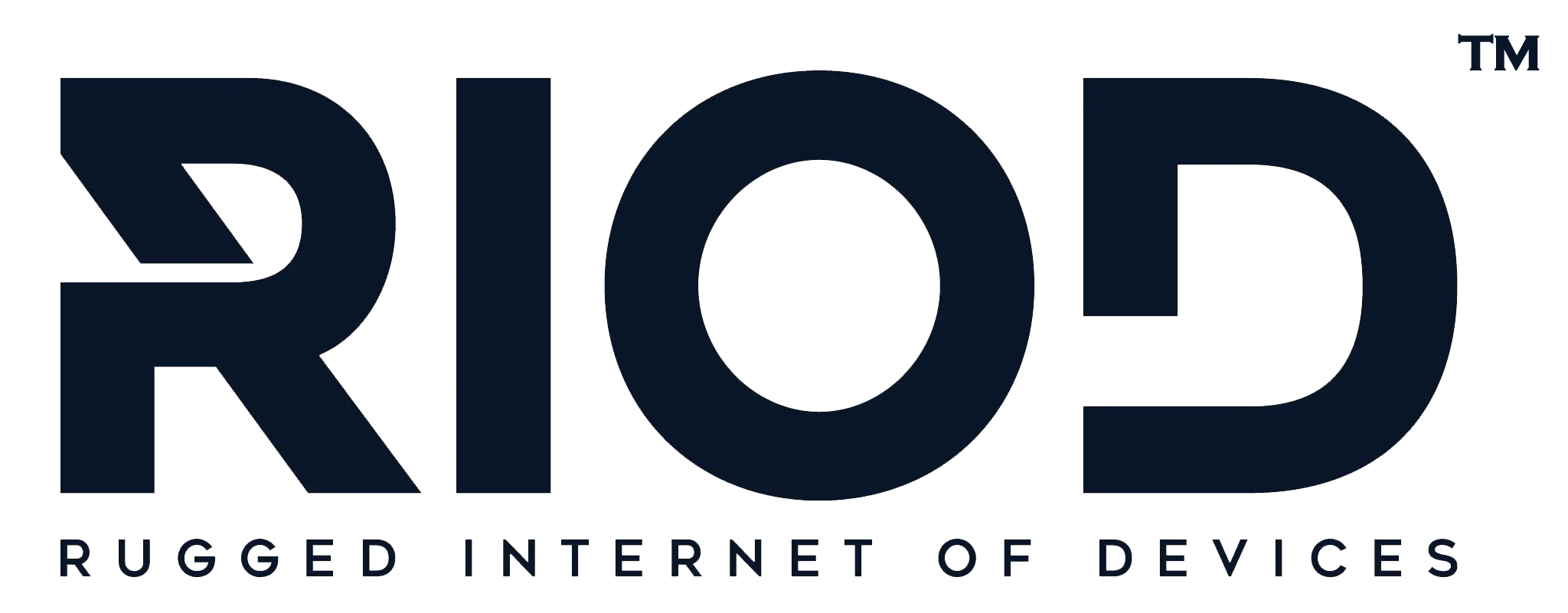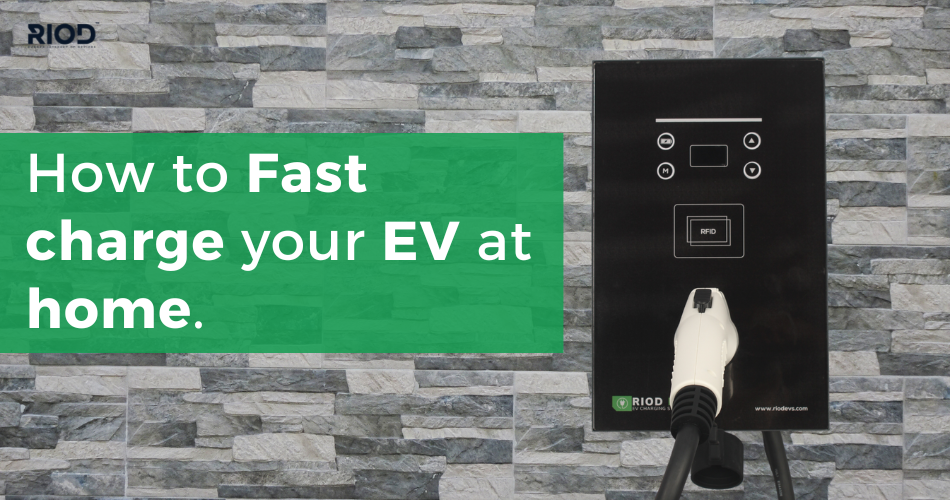Introduction
Owning an electric vehicle can be a great experience, but it can also be frustrating. One of the most common complaints among EV owners is that they don’t get enough range on a single charge. That’s why many people are turning to fast charging as a way to add more miles onto their EVs in less time. There are many models of home chargers for EVs available on the market today, but they all work in essentially the same way: They plug into standard household outlets and allow cars with onboard AC charging capabilities to fill up their batteries at quicker rates than normal. After reading this guide, you will be able to identify if your car has maximum onboard AC charging capabilities and understand how much power is available in your household—two critical steps towards getting set up with an EV Fast charger at home!
Types of EV Chargers in the market
There are two types of chargers in the market, The first type is the AC charger and the second type is the DC charger. The most common type is actually an AC charger because they’re cheaper than DC chargers and they can be installed in your home as well. On the other hand, if you want your vehicle to charge faster than normal then a DC charger would be better for you because it charges three times faster than an AC source (about 30 minutes instead of 3 hours).
Understand the capacity of your car’s onboard AC charging capabilities
In order to know how to fast charge your EV at home, you need to understand the capacity of your car’s onboard AC charging capabilities. Your vehicle’s onboard charger is built into the vehicle and has a maximum possible charging rate that is determined by its power rating. The most common type of onboard charger is a 3-phase unit with a maximum output of around 22 kW, which means it can deliver up to 22 kW at peak conditions. The rating of your onboard charger capacity is the maximum limit in which you can charge your vehicle in AC. Hyundai Kona, Nexon EV max, and MG ZS support up to 7.2kW. Kia EV6 supports 11kW, Where Porche and other premium segments support up to 22kW AC charging.
Understand your power allocation or availability at home
Before you can even begin to think about fast charging your EV, there are a few things you need to check. First and foremost, how much power is available in your household? How many amps are allocated for use by the power provider? Is it a single phase or a three-phase? It is very important to keep in mind that not all houses come with the same power allocation. The reason behind this is that some houses have single-phase connections while others have three-phase connections. The single phase only support up to 7.2kW, whereas the three phase enables you to connect upto 22kW
Installing a home charger is easy and pretty straightforward
Installing a Level 2 charger is easy, and so is charging your EV at home. You can install this EV charging station in a few hours. A local electrician can help you set it up and make sure everything is wired correctly. It only requires additional MCB, necessary power cables, and a power outlet. The wiring should be specified in the user manual, it’s pretty straightforward.
RIOD POWERPOD Home and affordable EV Charger
For those who are new to electric vehicles, it can be a bit confusing to know what kind of charger you should get for your home. If you’re looking for an affordable EV charger, then the RIOD POWERPOD is the right option for you.
The RIOD POWERPOD is an easy-to-use and fully automatic device that allows the user to charge their car at home without any hassle.
Furthermore, there’s no need to worry about compatibility issues because powerpod works with all kinds of electric vehicles. Contact 8580116349

